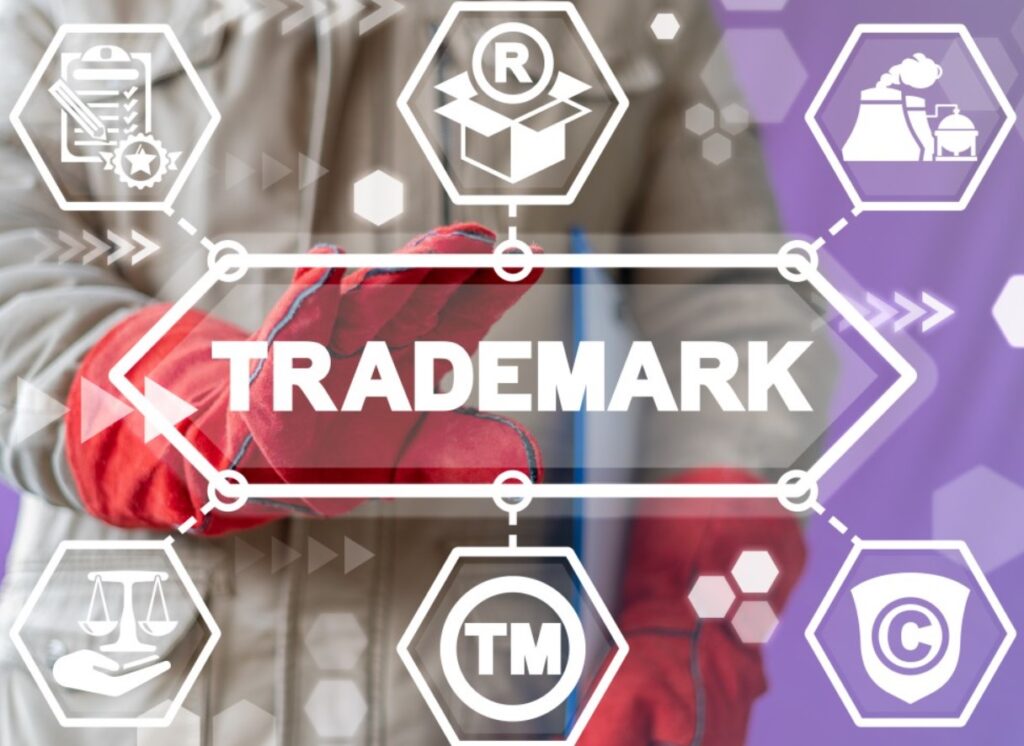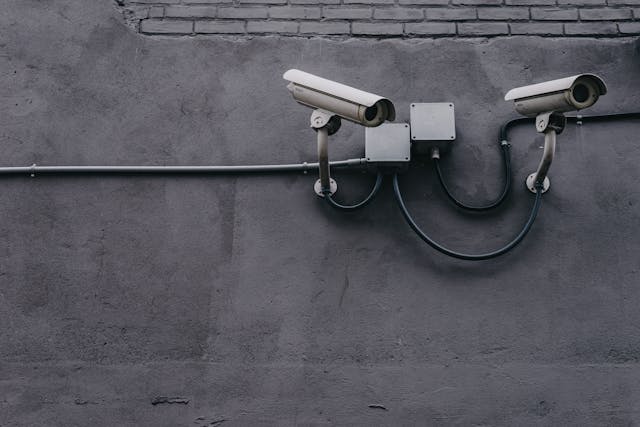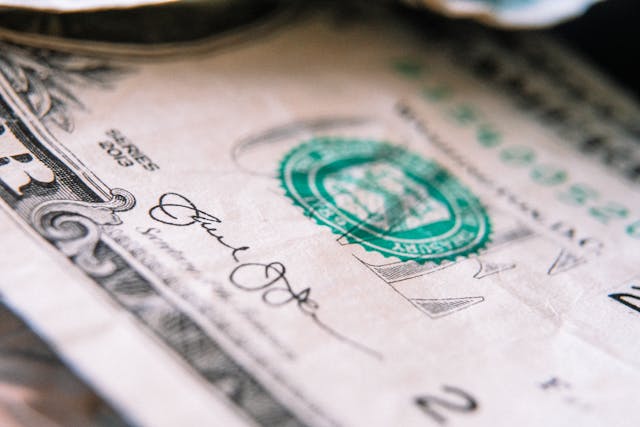In this competitive world of business marketing, creativity is the backbone of every enterprise. Be it the ad campaign, slogans, or logos, each piece of creative work demands copyright or trademarks. Falling under the Intellectual Property (IP) rights, trademarks, and copyrights helps in changing your business reputation. Thus, protecting these creative assets legally can help against unauthorized use by a third party.
In this article, we will guide you through the definition of copyright and trademarks, their importance in business marketing, and the steps businesses must take to legally protect their creative assets.
Table of Contents
ToggleWhat is Copyright?
Copyright is one form of authority that the creator has over the product created for the brand. The creator has complete control over the product’s use, distribution, and display for marketing purposes. There are different areas where copyright is widely implemented.
- Books: From articles to novels, everything falls under copyright.
- Music: Copyright protects musical works, including compositions and lyrics, giving composers and performers control over the work.
- Software: Software code and programs are critical assets for a company, and holding their copyright is essential to avoid data theft.
What is a Trademark?
Any symbol or sign representing the brand or company falls under the trademark category. Companies invest money and time in creating logos, taglines, and brand names, which may end up copied or plagiarized by any third party. This is where the trademark comes into play.
Why is Protecting Copyright and Trademark in Marketing Important?
Irrespective of the size of the business, holding copyrights and trademarks of your marketing material is important. There are several reasons—
Legal Protection
One of the reasons brands need to protect trademarks and copyrights is the legal protection they get. Businesses can keep an eye out for third parties using their name for unauthorized usage by registering copyrights and trademarks, guaranteeing that their intellectual property stays entirely theirs.
Many states and countries have made it mandatory to legally protect your business name and product. One of the most popular ways to do this in the U.S. is by forming a limited liability company (LLC). An LLC is a business structure that creates a separate legal entity for your company, offering personal liability protection for its owners and adding credibility in the eyes of clients and partners. When you form an LLC, your business name is registered with the state, making it unique within that jurisdiction and preventing other businesses from using the same or a confusingly similar name locally.
However, there are certain requirements to follow. For instance, in Florida, if you are forming a company like an LLC, you need to understand the procedure. Once you are aware of the requirements to form an LLC in Florida, followed by legally protecting the same, your business is safe against creativity theft.
Brand Recognition
Protecting your brand name is essential for establishing and preserving brand recognition. Trademarks play a key role in setting up your products and services apart from competitors, helping customers easily recognize and trust your brand. When used consistently across all marketing channels, trademarks strengthen brand identity and build lasting customer loyalty.
Licensing
Securing trademark protection creates valuable licensing opportunities. By licensing your trademarks, you can authorize other businesses to use your brand name and logos under defined terms. This approach not only generates additional income but also extends your brand’s reach into new markets.
Best Practices to Legally Protect Trademarks and Copyrights in Marketing
Registering Your Copyrights and Trademarks
Registration is a part of the company formation. However, registering copyrights and trademarks comes with benefits. For companies in the US, following the steps of the USPTO will assist in registering copyrights and trademarks. It gives exclusive rights to protect your brand from copyright theft.
Using Watermarks and Licensing Agreements
Watermarks or embedded logos in creative work, such as films and images, might help to discourage unlawful use. When your material is distributed among affiliates, licensing agreements specify how the content can be utilized.
Keep Monitoring Product Infringement
Keep an eye on the internet against the use of your copyrighted product by your rivals. Google Alerts and reverse image search are two tools that can help you spot misuse. If you notice an infringement, move quickly and, if necessary, take legal action. For instance, if you have a business blog about top synthetic data generation tools, which you wrote after days of research, the information inside is used by a rival site after a few days. You have the complete right to ask the site to pull out the content.
Educating Your Marketing Team
For the marketing team, knowing how to find infringements of copyrights and trademarks is vital. Conduct a short course on licensed content usage, using the right guidelines, and other areas. You can make use of AI training tools that can help employees understand quickly and better. Investing in AI for business will certainly shape your marketing tools.
Update your website and Marketing Materials
It is essential to make your copyright and trademark visible to users. Keep updating all your marketing materials and website content on a timely basis to stay ahead of the times.
Conclusion
Copyright and trademarks are more than simply legal terms; they are essential for ensuring your brand’s creative and competitive advantage in the market. From LLC companies to start-ups and established companies, all are now investing in copyrights and trademarks to safeguard their marketing assets.











